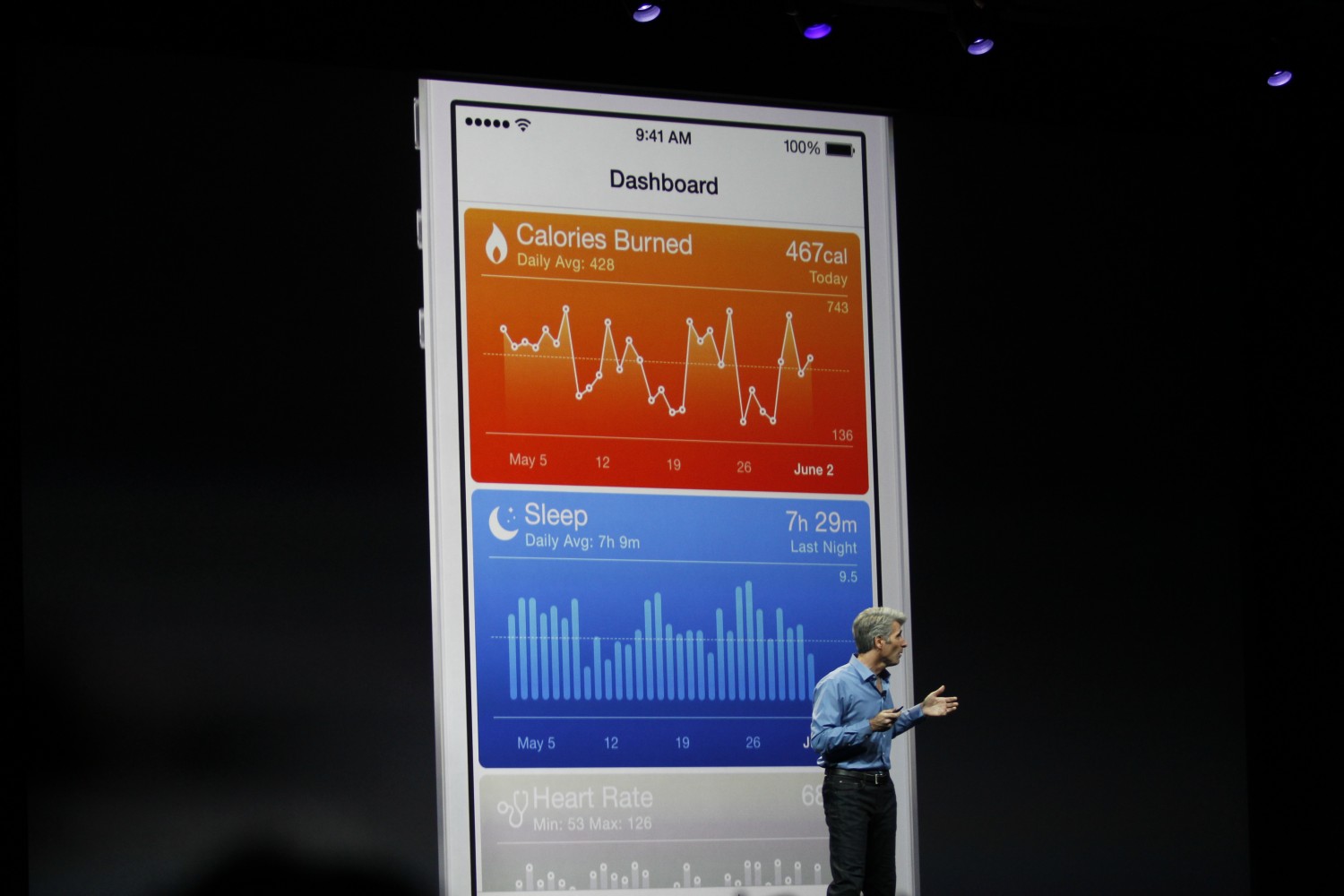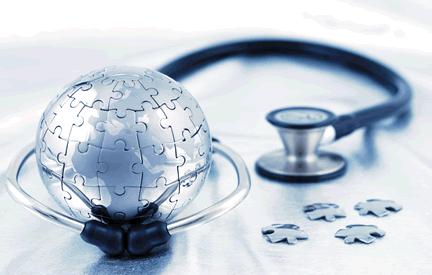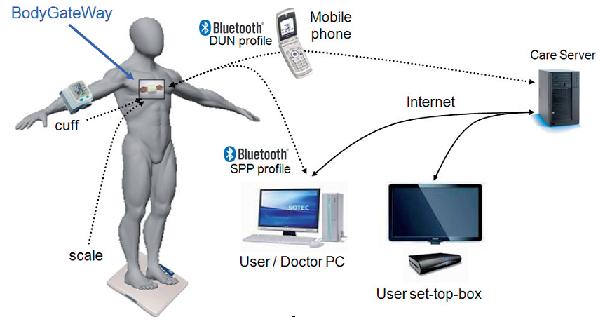In India as well as countries around the globe, the cost of taking care of people continues to rise every year. At the same time that the world’s population is aging, chronic diseases like asthma, diabetes, heart disease and obesity are increasing at rapid pace in every age group. In addition to this shrinking workforce and shortage of doctors and nurses (India: is currently running short of at least 600,000 doctors and 1 million nurses), along with the fact that fewer young medical professionals are training to replace them.
Combine all this with legacy hospital infrastructure and technology, paper-intensive record-keeping, and inconsistent standards, and there is no doubt that the situation calls for a smarter, more effective approach to healthcare. This is also critical because a robust healthcare system is the hallmark of organized development. Healthy citizens will translate into a productive workforce and a thriving economy.
By definition this is a holistic approach to healthcare that integrates the best of technologies to remove information barriers, enabling data to be analyzed and shared in real time. Smart healthcare is about forging time and creating cost-saving collaborative partnerships among doctors, administrators, insurers, and healthcare institutions. It is about integrating communications into a single, consolidated infrastructure, and giving communities and individuals the tools and knowledge they need in order to make more informed choices. Such digital healthcare delivery systems powered by the Network can significantly improve operational efficiency, optimize collaboration, and lead to better patient care and outcomes.
A comprehensive solution that integrates real-time voice and video, clinical collaboration, patient and asset tracking, electronic medical records and nurse call information allows hospitals and healthcare professionals to spend more time with patients and less time on administrative tasks. Smart healthcare solutions can help improve both care delivery and business operations for hospitals and medical professionals by:
These solutions take full advantage of the limitless possibilities of Telehealth. IP video technology can link patients and providers to specialists and primary care professionals, paving the way to faster and more cost-effective remote medical consultations, patient diagnosis, and chronic disease management.
In countries like India, critical investments are needed in healthcare (remote health, elderly care), health information exchange, and telehealth. Evidence strongly suggests that implementing Information and Communications Technologies (ICT) can result in higher quality and safer, more patient-responsive healthcare. Mobile collaboration technologies and BYOD for example can be useful in delivery of better health outcomes.
In summary therefore, adoption of technology enabled solutions complimented with an array of healthcare management services, will help the healthcare industry in India leapfrog into 'Information Age Healthcare', much quicker than imagined before.
Combine all this with legacy hospital infrastructure and technology, paper-intensive record-keeping, and inconsistent standards, and there is no doubt that the situation calls for a smarter, more effective approach to healthcare. This is also critical because a robust healthcare system is the hallmark of organized development. Healthy citizens will translate into a productive workforce and a thriving economy.
By definition this is a holistic approach to healthcare that integrates the best of technologies to remove information barriers, enabling data to be analyzed and shared in real time. Smart healthcare is about forging time and creating cost-saving collaborative partnerships among doctors, administrators, insurers, and healthcare institutions. It is about integrating communications into a single, consolidated infrastructure, and giving communities and individuals the tools and knowledge they need in order to make more informed choices. Such digital healthcare delivery systems powered by the Network can significantly improve operational efficiency, optimize collaboration, and lead to better patient care and outcomes.
A comprehensive solution that integrates real-time voice and video, clinical collaboration, patient and asset tracking, electronic medical records and nurse call information allows hospitals and healthcare professionals to spend more time with patients and less time on administrative tasks. Smart healthcare solutions can help improve both care delivery and business operations for hospitals and medical professionals by:
- Providing essential information to doctors and staff, regardless of the devices used
- Giving real-time access to patient records, images and expert consultations
- Accurate tracking and location of patients, staff, equipment and medical supplies
- Education programs for medical staff and patients
These solutions take full advantage of the limitless possibilities of Telehealth. IP video technology can link patients and providers to specialists and primary care professionals, paving the way to faster and more cost-effective remote medical consultations, patient diagnosis, and chronic disease management.
In countries like India, critical investments are needed in healthcare (remote health, elderly care), health information exchange, and telehealth. Evidence strongly suggests that implementing Information and Communications Technologies (ICT) can result in higher quality and safer, more patient-responsive healthcare. Mobile collaboration technologies and BYOD for example can be useful in delivery of better health outcomes.
In summary therefore, adoption of technology enabled solutions complimented with an array of healthcare management services, will help the healthcare industry in India leapfrog into 'Information Age Healthcare', much quicker than imagined before.










